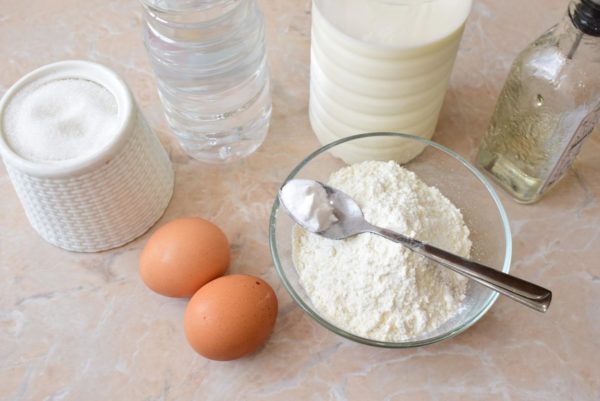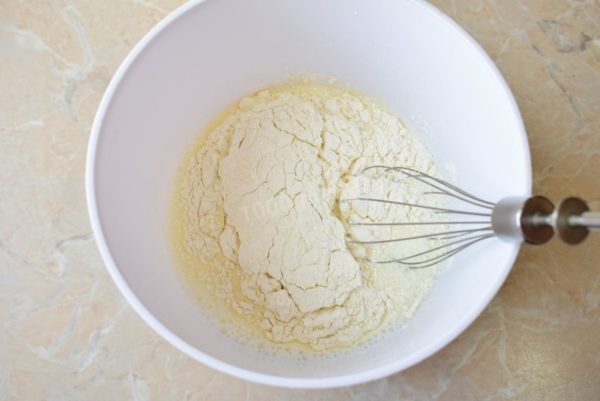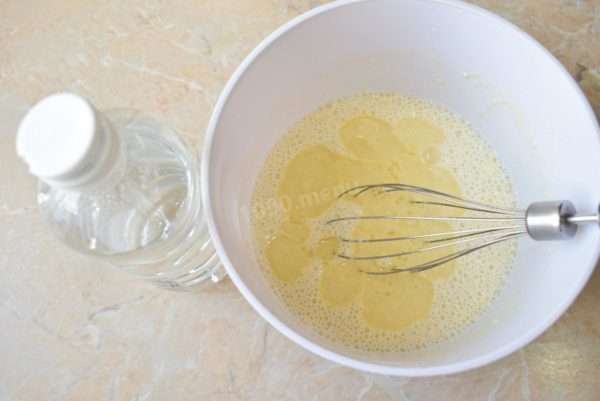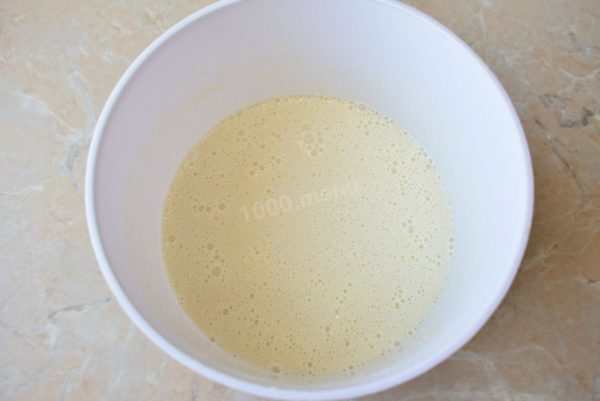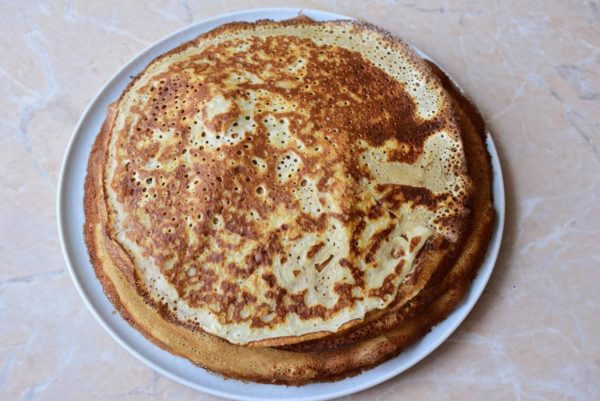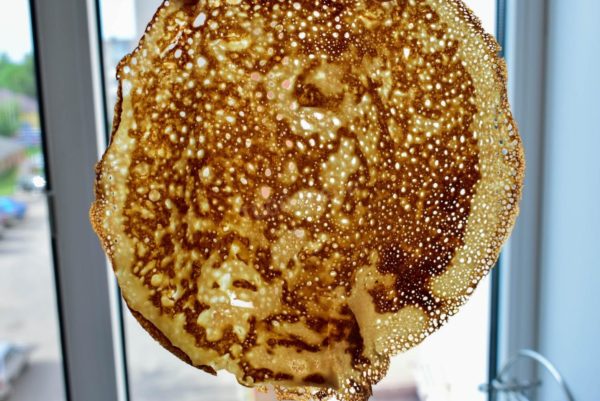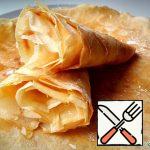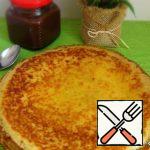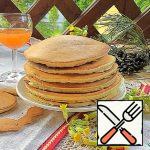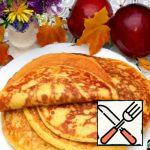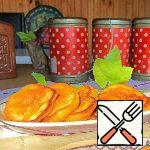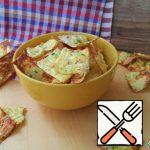Delectable, golden-brown, made from simple ingredients—perfect for breakfast! Milk pancakes, thin with a delightful layer of holes, are just as easy to cook as any other variety. These pancakes are enjoyable both with and without fillings. Whether sweet or savory, they pair well with various sauces, offering a versatile and delicious breakfast option.
| Prep Time | 15 minutes |
| Cook Time | 1 hours |
| Servings |
|
Ingredients
- 500 milliliters Milk
- 2 pieces Eggs
- 160 gram Wheat flour / Flour
- 2 tablespoon Sugar
- 70 gram Vegetable oil additionally for greasing the pan
- 0.5 teaspoon Soda
- 1 tablespoon Vinegar 9%
- Salt to taste
Ingredients
|
Instructions
Recipe Notes
Determining the freshness of an egg is crucial. Here's how to do it: Crack the egg into a separate container. Firstly, check for any unpleasant odor. Fresh eggs will have a transparent and clean egg white, while the yolk should be shiny, convex, and homogeneous.
Before use, it's essential to wash the eggs. Even if the shell appears clean, harmful bacteria may be present. Optimal cleaning involves using food detergents and a brush.
Keep in mind that the amount of flour needed may vary from the recipe. Instead of strictly adhering to the specified quantity, focus on achieving the desired consistency of the dough. Adjust the flour accordingly to achieve the best results.

